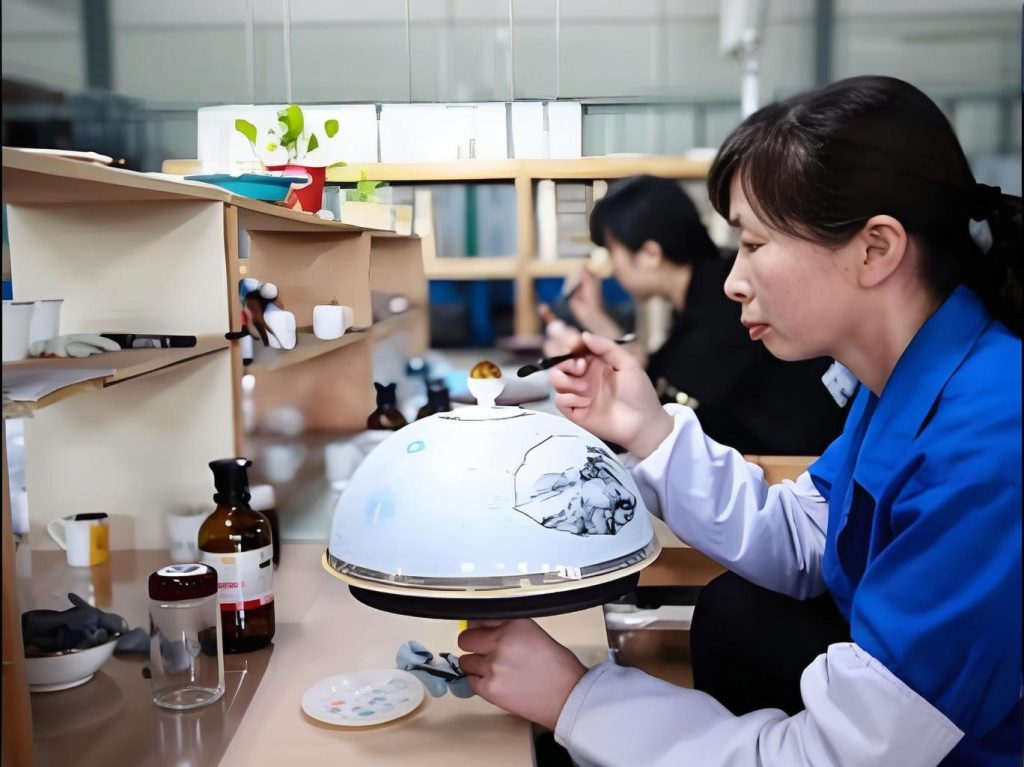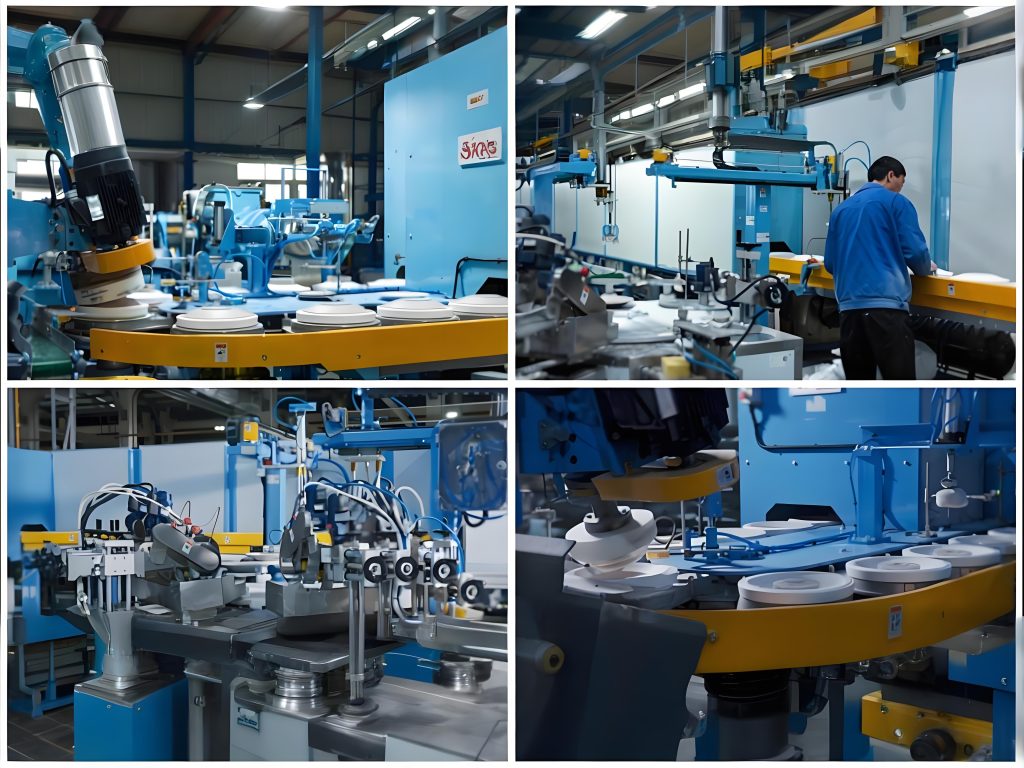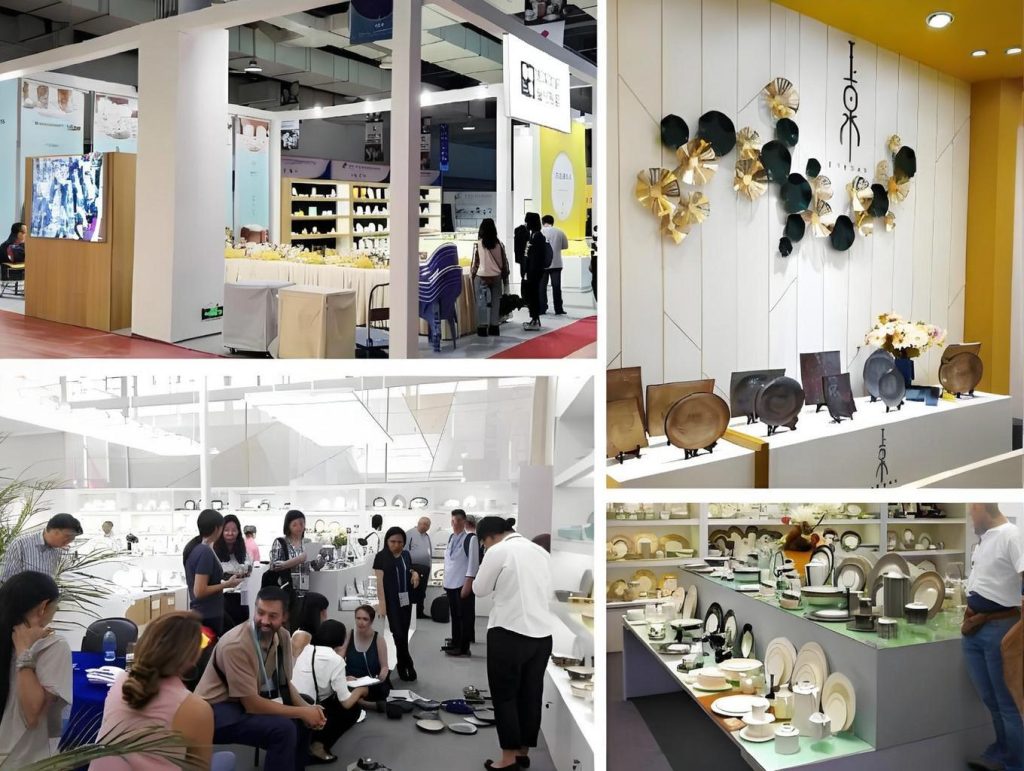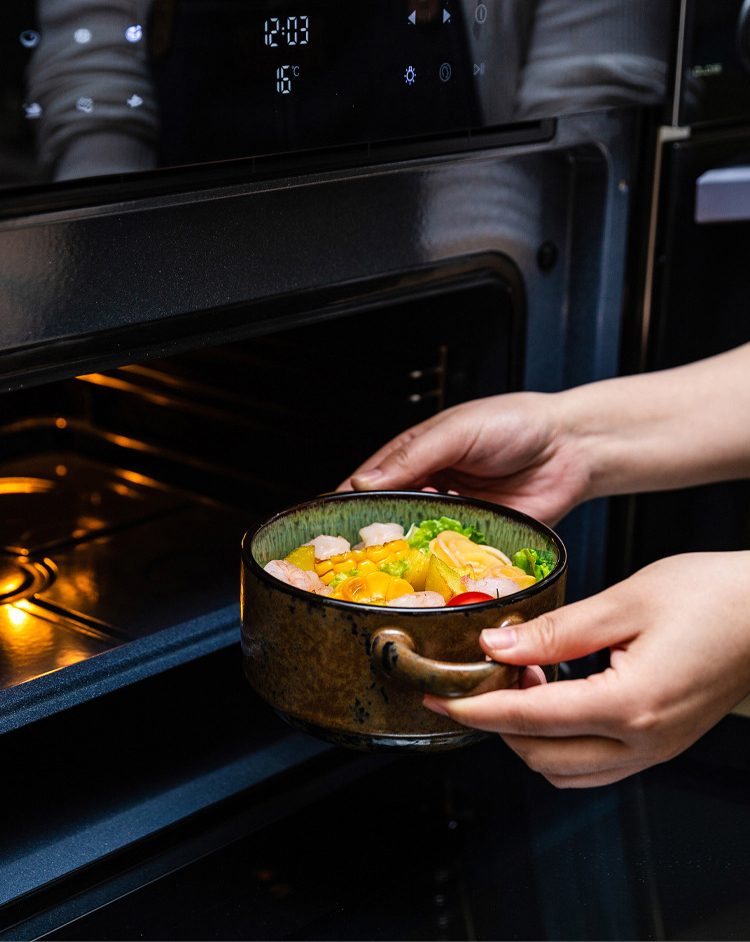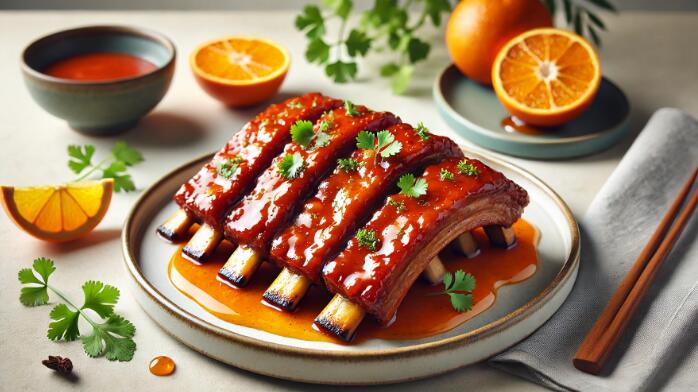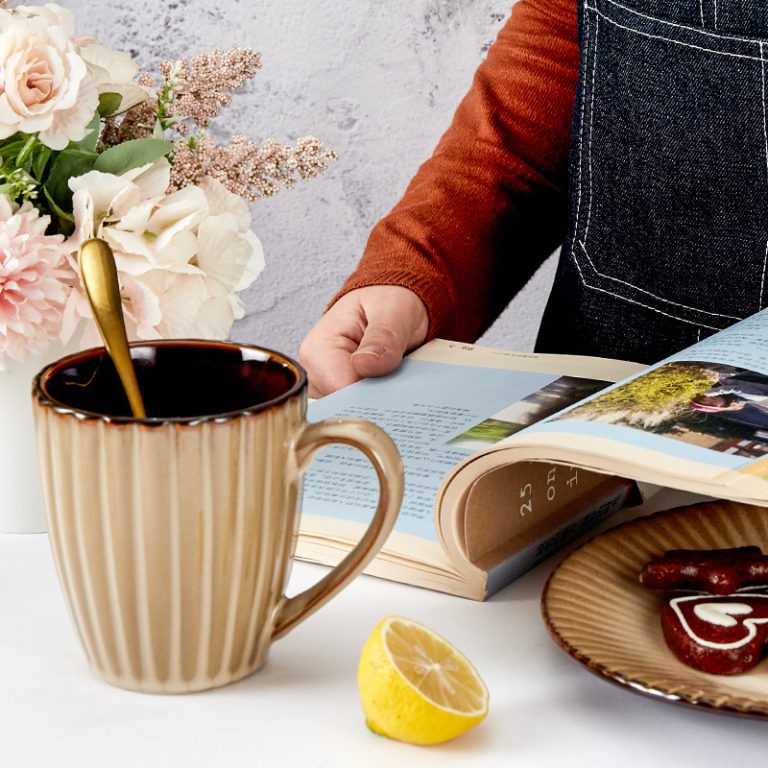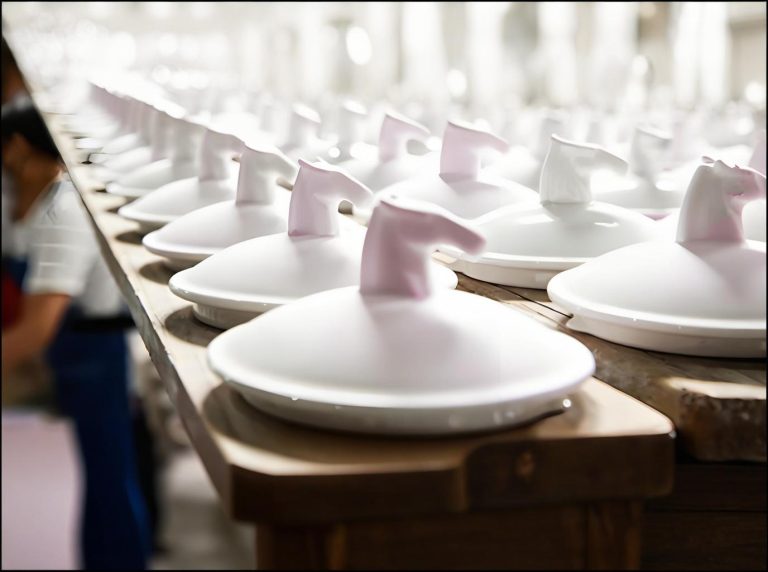Food Court Plates: Why Do They Always Look So Cheap?
Walk into any food court. Notice something odd? The plates look cheap. It doesn’t matter if it’s a fancy mall or a budget spot. Those dishes all share that unmistakable “mass-produced” vibe. Thick plastic texture. Plain white or fake porcelain appearance. Obviously factory-made designs.
This reminds me of a Reddit thread I saw. Someone complained IKEA’s cafeteria switched from real china to disposables. People were upset. Comments flooded in: “This ruins the dining experience!” and “I love drinking coffee from a real cup!” Then insiders explained. The dishwasher probably broke down. It was just a temporary fix.
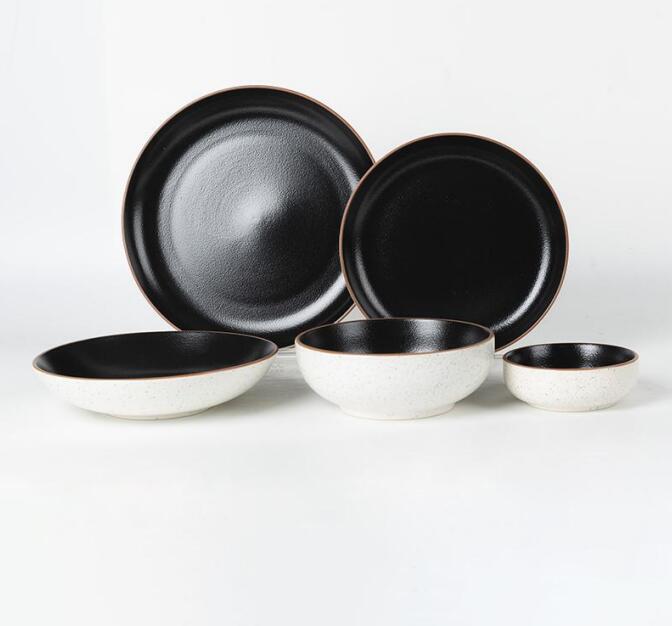
The Business Logic Behind Tableware: Survival or Beauty?
A potter asked on Quora about making custom restaurant dishes. The answers were brutally realistic. Only high-end places consider handmade ceramics. Even then, it’s usually just for decorative plates. One industry person said: “Most restaurants can’t risk handmade dishes. Servers carry six plates at once. Breaking one set costs more than buying 100 factory ones.”
This explains why food courts use melamine tableware everywhere. Melamine is lightweight. It doesn’t break easily. It’s cheap. Most importantly, it survives commercial dishwashers. High heat and pressure don’t destroy it. One Reddit user shared their experience. When their restaurant’s dishwasher broke for one day, they needed disposables immediately. That shows how critical the system is.
But here’s the interesting contradiction. Many consumers actually know the difference. Like that IKEA complainer. People genuinely prefer real porcelain’s texture and weight. But businesses choose the safest option for cost control and efficiency.
The Dilemma of Tableware Manufacturers
As a tableware manufacturer, you face a classic business problem. Beauty or practicality? Which matters more?
I’ve noticed something in professional discussions. Manufacturers know exactly what consumers want. They understand ceramic feels better. They know handmade dishes have more character. But market reality is harsh. Restaurant owners make buying decisions based on three factors: price, durability, easy cleaning. Aesthetics come later.
A potter shared their custom restaurant work on Reddit. “I had to make plates much thicker than household ones. Commercial dishwashers are several times more intense than home models. The restaurant wanted me to keep backup glaze formulas. Just in case they needed replacements.” These strict practical requirements naturally push design beauty to the background.
Details Sacrificed to Practicality
Consumer perception of tableware is sharper than we think. A Reddit thread discussed unbreakable dishes. Someone mentioned the Corelle myth. These seemingly ordinary white plates were once wildly popular in America. They were labeled “unbreakable.” But now many people find them “cheap-looking.”
What does this tell us? People’s taste is evolving. Expectations for tableware are rising. But food court business models make this progress difficult. High table turnover. Large crowds. Cost control. These factors push merchants toward the “safest” tableware choices.
Even more ironic is this. Some handmade ceramic makers create beautiful and practical dishes. But restaurant owners worry: “What if they’re too pretty? Will customers steal them?” This concern is realistic. But it also shows the industry’s collective lack of confidence in beauty.
Signs of Hope for Balance
There are positive signals though. Some specialty coffee shops partner with local potters. They create exclusive mugs. Customers can buy them on the spot if they like them. This model satisfies aesthetic needs while solving cost issues.
Some innovative tableware manufacturers are developing new materials. They aim for ceramic texture with melamine durability. It’s still experimental. But it definitely shows promise.
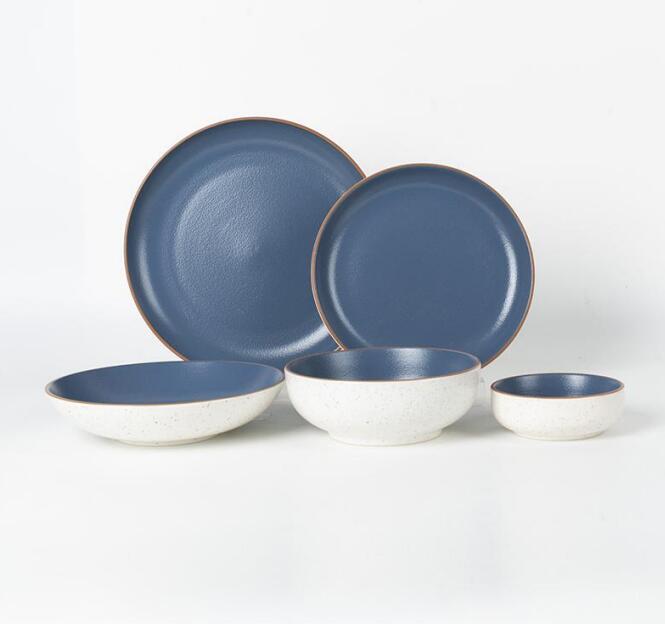
Conclusion: Maybe Consumers Hold the Answer
Ultimately, food court tableware reflects the restaurant industry’s efficiency versus aesthetics debate. As consumers, we complain about ugly dishes. Yet we also want cheap meals and fast service. These contradictory demands naturally create a “good enough” tableware standard.
But I think this balance will gradually shift. As consumption upgrades and aesthetics improve, things will change. After all, eating isn’t just about filling your stomach. It’s a life experience. When more consumers pay for “better dining experiences,” food court tableware might see its own beauty revolution.
By then, we might enjoy quality dining moments in familiar food courts. Using decent-looking tableware. That would be something.
If you have any questions or need to custom dinnerware service, please contact our Email:info@gcporcelain.com for the most thoughtful support!

